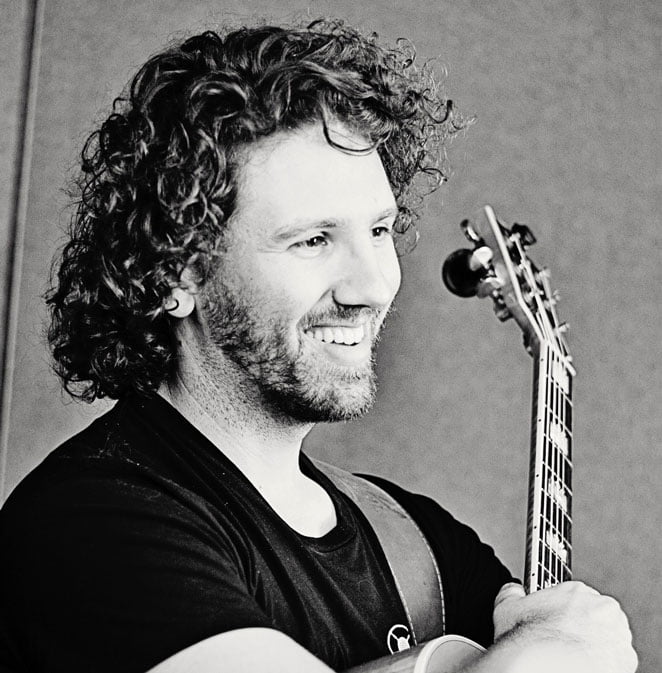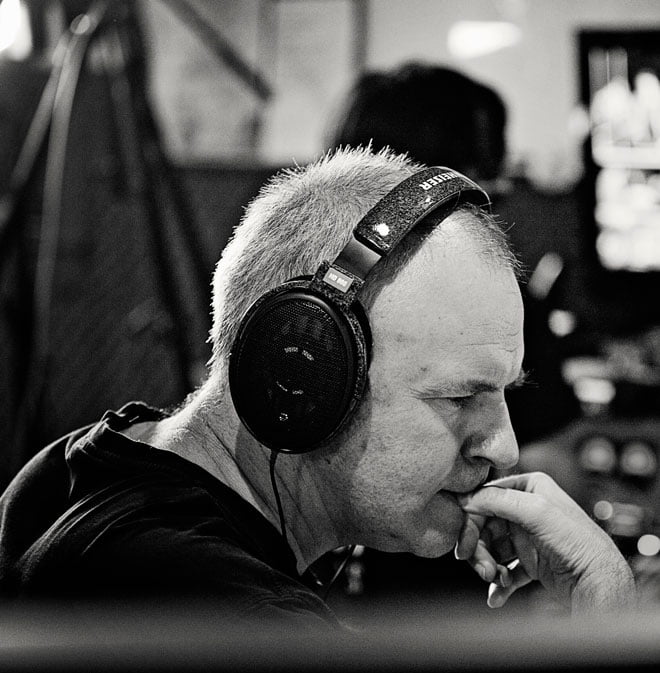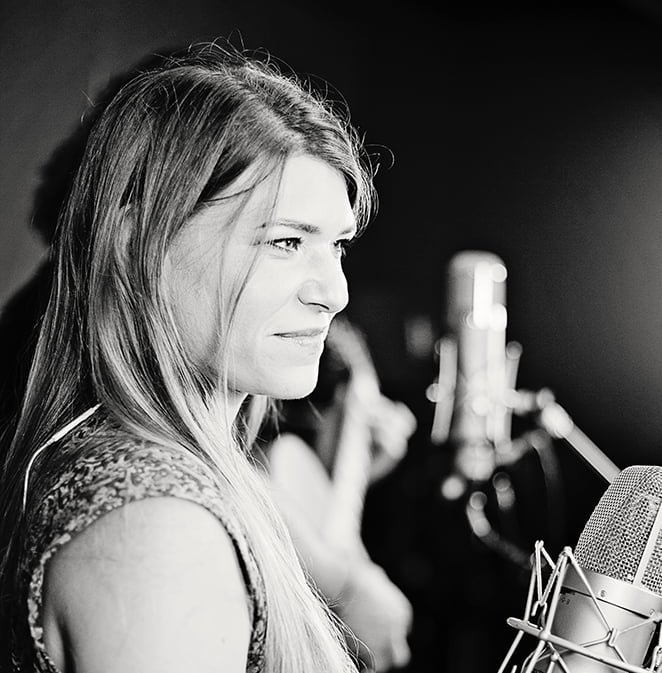Screen Music Composition
Looking for the ultimate recording quality for your vocal? Contact us today!
Screen Music Composition
Screen Music Composition is one of the central services that Crash Symphony Productions provides. Our tailored creative service encompasses many different areas. We compose for television and radio commercials, sonic branding for businesses, and of course, film music.
Each area of composition is uniquely different and requires experience and honed skill. As a result we have a number of different composers that specialise. Some screen music composition projects require a very electronic approach.
I love Working With James
I’ve been working professionally with James Englund since 2009. His musicality and technical knowledge are second to none.
Screen Music Composition and Commercial Composition
Composing music for a film requires a very different approach to composing for commercials. Films are longer projects. Often they are changing in length and structure right up to the end of the production. Close liaising with the film director is required to achieve the final result and at times it can be challenging when the timing of a film is often changing. Sometime film music requires very forward melodic content, but often what is required is very subtle and non-intrusive support of the activity that is visually presented. Creating the appropriate atmosphere and emotional ambience takes experience but what is key to remaining open to compositional flexibility throughout the entire project.
Commercial compositions involve a different approach to film work. They are very fast paced and delivery-deadlines can be extremely tight. Often getting the piece of music to fit into such a short timeframe requires some tweaking. We provide our clients with a few versions of the commercial music clips we compose for them. Often these are 1 minute, 30 seconds, 15 seconds and 4 seconds. The guidelines for providing these timeframes are pretty specific and we have a lot of experience in making sure that each of those clips serves its intended purpose and delivers the impact required.
Communication is the Key
We understand that not everybody speaks musical jargon. Communicational flexibility is paramount to making sure we deliver the results that are right. People have different ways of expressing what it is that they want for their project. We remain open to communicating in whatever way helps us understand the project vision. Often times it is helpful to get some examples of other projects that are similar in nature. Also, we try and arrange a meeting so we can explore, in detail, what the hopes of our clients are for the final delivery. We usually start by providing a few sketches (options) of what direction we can take. Once we know that we are on the same page as our client we can then get into more production depth and advance the idea.
Compositional Budgets
We charge according to the specific details of the project. A computer can be the main tool in the case of most projects. In contrast, large screen music composition projects may involve hiring big orchestras and a large sound stage. Other projects may be an outright fee with no licensing. Licensing agreements are used with more large-scale commercial projects. For example, this might be where the product will be marketed to the public. All of our quotes will be based on the particular details relating to the use of the project usage and the scale involved in bringing it to completion.
Affordable budgets can be met by using the technology that is available today. For example, piano samples have become so realistic that they are very common on large scale screen music composition work. Furthermore, large orchestral work can also be created on an affordable budget by using virtual instruments like the Vienna Symphonic Library. This is an advanced piece of software that our studio uses when projects do not have the resources to record the full orchestra. Virtual Instruments can achieve great results at an affordable cost.
Outlining how we work with the client
Dealing in Screen Music composition can be daunting for the client when they’ve never dealt with a music production house before. In order to make sure that people feel as comfortable as possible we have outlined how we do business in as much detail as possible. This is so there are no hidden costs or nasty surprises. Managing and delivering above and beyond expectations is what we do. Every customer is important to us and that’s why we like to keep our work quality high. For this reason we encourage people to communicate with us as much as they need to.
We will supply your project meeting all current industry sound standards and formats as required.
View Film & Screen Music Composition & Production Examples
Clients say
-
“Matt is a joy to work with. He has an instinctive understanding of drama, composing beautifully for both performance and story. His subtle, delicate score for The Orchard contributes immensely to the atmosphere, metaphor and subtext of the film, helping the audience access the feeling states and complex character perspectives of the film. I highly recommend Matt and his work to both producers and directors.”
Laura Scrivano, Writer/Director Winner – 2013 European Union Film Award (The Orchard)
Expert Sound Engineers
Working with us means working with the best sound engineers in Sydney
The art of being an excellent sound engineer is not as prominent now that video has become the focus of our world. However, a top quality sound engineer can augment the quality of a production dramatically. When we record a vocal for music or a voice over for an ad we have the ability to enhance every aspect of that recording. The modern tools available to the twenty-first century sound engineer are truly remarkable. Staying on top of the rapid progress is very much a full time job. Let's take a quick look at what work is involved in producing an excellent vocal recording for a typical voice over job.
Our sound engineer will setup the session prior to the talent arriving. In the most extreme cases, often film ADR sessions, the project and microphones will need to be prepared first. Our clients, from film productions companies, are often located in another country like the USA, the UK, or somewhere in Europe. They will send the sound engineer the program material. This will be the video files with SMPTE timecode, the cue sheet, and all specifications required by our sound engineer to capture a similar sound to what was recorded on set.
Once these program elements are received our sound engineer in Sydney will go into Pro Tools and mark out all the cue points on the timeline of the film. Each entry point will have ADR beeps that will help the talent execute their lines in Synch with the film. In ADR the talent's job will be to lip synch in time with their delivery on set. By setting up the project prior to the talent arriving our sound engineer ensures that the session flows smoothly for the talent.
Often these "remote sessions" (where the directors and producers are overseas) are facilitated by software that helps us communicate with the overseas studios. Programs like Zoom and Source-Connect allow sound engineers in both locations to be actively involved in the session. The sound engineer overseas can literally press the recording button in one country and our software will obey the command here in Sydney. The directors and producers can watch the video content on their screen whilst listening to the audio being recorded by our sound engineers in Sydney. It's real-time. It's the modern way. It's remarkable!
In this example, an ADR recording session, the sound engineer would also need to setup two microphones. One would be a lapel mic, similar to what might have been used on set, and the other a shotgun microphone. These two microphones are setup by our sound engineer in Sydney in front of a screen. This is to allow the talent to clearly view the film as they are performing. An iPad is also positioned in close proximity to the microphones. This will have all the cue points and lines that the talent will be reading during the ADR recording session.
During the session the sound engineer will be facilitating the smooth capture of cue lines. They make sure that all the takes of each line are saved for future recall and re-listening, and can even cut recorded takes together to create a composite "best take".
Once the ADR session is complete the post-production work on the re-recorded lines begins. The amount of work that goes into the audio post-production is beyond the scope of this example. However, we can give a few examples of the kind of technology our sound engineer might decide to use on the recorded cue lines. There is software to reduce lip and mouth noises. Harsh sibilant frequency can be curtailed. The synch of the spoken lines can be further tightened by intelligent algorithms that look at the original "on set" spoken audio and literally stretch, cut, and compress lines recorded in our Sydney recording studio and make them even tighter. The list of tasks, options, and enhancements that our sound engineer can apply to a voice recording is enormous.

James Englund
Founder

Stewart Havill
Engineer/Producer

Borbala (Bobo)
Session singer and Admin

